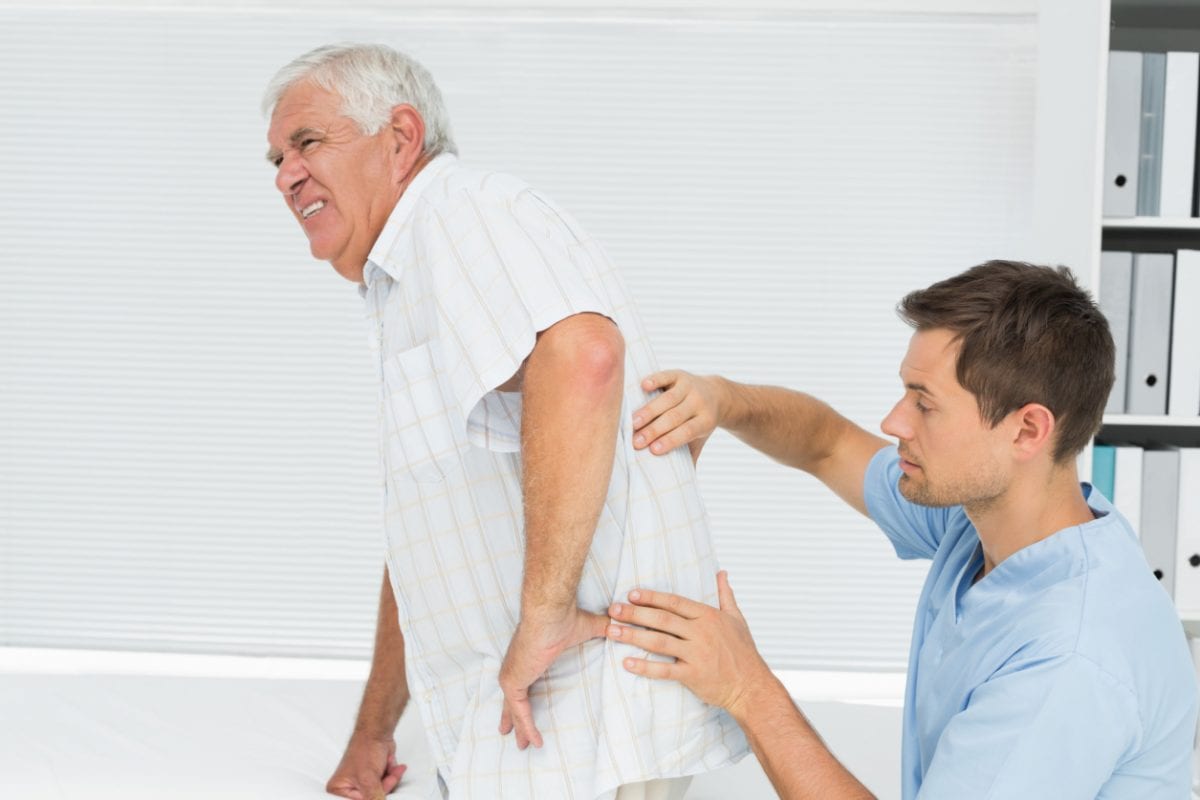Does obesity contribute to back problems? Numerous studies do point to body weight as a factor for this potentially debilitating condition.
One study, for example, looked into the prevalence of back pain among people who are of normal weight, overweight, or obese within a period of 12 months. Researchers saw an increased risk and strong association with back pain and frequent chronic back pain complaints, particularly in the lower back, among those in the latter two groups.
A similar study conducted in Japan also linked back problems among people with higher body mass index and percentage of fat. The researchers recommended that proper weight control could help ease persistent back pains.
How Obesity Affects the Back
Doctors have long attested that obesity raises the risks for developing serious health issues like diabetes, heart problems, high blood pressure, and some types of cancer. In relation to the back, however, obesity and overweight problems also disrupt the body’s structure, especially the spine’s normal curve.
The heavier midsection of someone who is obese, for example, forces his or her pelvic area forward, thus putting more stress on the spine. Doctors call this lordosis.
Type of Back Problems Linked to Obesity
Lower Back Pain
Experts consider low back pain (LBP) a major public health crisis since 80 percent of adults suffer from this condition at a certain point. LBP is also one of the leading causes of disability among those above 45 years old.
A study revealed that men with weight problems are more prone to suffer from frequent low back pain especially if they also have emotional disorders. The researchers highlighted, however, that obesity is actually a modifiable factor and coupled with biopsychosocial approaches, a person who is obese can manage low back pain better.
-
Symptoms: Pain in the lower back that extends to the buttocks, leg, and feet. It might be sharp with some tingling, or it could be dull with some burning. The pain also gets worse after hours of sitting but a change in position can provide temporary relief.
-
Treatment: Low back pain can go away with some light movement or stretching exercises, especially if you wake up in the morning with stiff muscles. Pain medications or heat/cold therapy can also bring relief. Doctors will usually ask you to try to lose weight as well. Since obese people are prone to elevated blood pressure, it’s best to know your blood pressure to know if you’re safe to workout and what specific exercise routines suit you best. You can monitor your blood pressure at home or in your doctor’s clinic.
Spine Osteoarthritis
A type of degenerative disease, osteoarthritis causes the cartilage in the joints and bones to break down and thin out. The condition occurs more frequently in overweight people over 45 years old, but it’s also common to those whose jobs require repetitive movements that increase the pressure on the back.
-
Symptoms: Manifestations of spine osteoarthritis include pain and stiffness from the neck to the back as well as some numbness that extends to the arms and legs. A person who experiences spine osteoarthritis might find comfort when lying down with his back flat on the surface.
-
Treatment: Doctors usually recommend losing weight and maintaining an ideal body weight as the first treatment for the condition. Aside from keeping a proper weight management plan, doing different types of exercises will also help to strengthen the muscles of the spine and improve flexibility. You can also enlist in regular massages, acupuncture, or heat/cold compress, particularly when pain is present and discomforting.
Lumbar Spinal Stenosis (LSS)
The spine has equal spaces between each vertebra that become more compact due to factors such as bone damage, wear and tear, spinal injuries, herniated disks, or thickened ligaments. Being obese, however, might also cause these spaces to compress as the extra weight and elevated body mass pinch the lumbar cord and the surrounding nerves.
A study indicated that LSS risks, which includes death, increases among overweight and obese people over 65 years old.
-
Symptoms: Spinal stenosis manifests as a numbness or tingling feeling in the back that travels all the way to the foot or leg. Along with the pain, the leg might also feel a little weak, affecting your balance. Moving, walking, or running might also be difficult.
-
Treatment: Doctors often recommend a modification of activities to avoid worsening back problems due to LSS. Doing exercises under the guidance of a physical therapist who knows specific movements for treating LSS back problems can be helpful.
To find the best course of action if you’re suffering from back problems due to obesity, seek the help of a doctor and a nutritionist.








